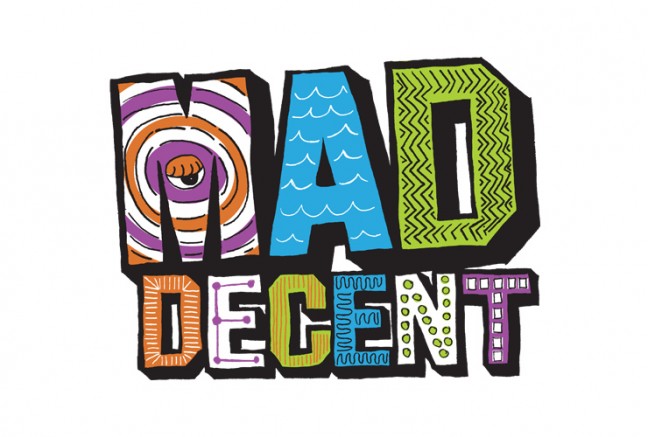
By Luke Tkalcevic (Sondrio)
Read my first post on the presentation of music and an introduction to this series here.
“Anyone that works in music knows it’s not just about sitting home writing songs. It’s about multimedia. I don’t mean to say that I’m like a marketing executive at Facebook, but it’s always about putting [yourself] out there as a phenomenon — as a culture itself. There is no same road to take as an artist, that a label will set out for you. It’s like a wilderness now to find people. You have to do everything. And I see the brands that we create — as Mad Decent, Major Lazer and Diplo, everything — to be endless.” – Diplo, via Huffington Post.
Though major record labels will probably always exist in some form, I feel the responsibilities of the indie label have been blurred. Many of today’s top independent labels such as Mad Decent, Fool’s Gold, Warp, and Ninja Tune not only distribute music but also art, products, films, and usually run their own event and touring arms. In simpler terms, labels are becoming dynamic creative brands that are innovating our relationship with our favourite music brands online.
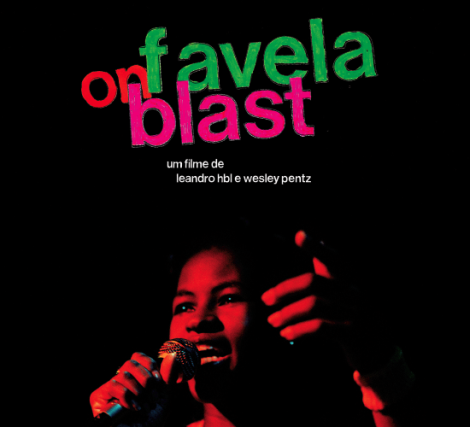
A movie on a record label? Yep, Diplo did it back in 2008. The feature was released digitally on Mad Decent for $5, a prospect so reasonable for a full-length film by digital download at the time that I didn’t think twice about buying it. It gave a cultural context to all the music that was released on Mad Decent before the creation of the movie, and in particular, increased my awareness of Diplo as a culture. The fact is, Diplo knew back then that this cross-discipline diversification of releases was emerging as a prerequisite to getting noticed globally. Where this differs from my first post on Mr Oizo however is how this relates to an emerging “subscription” culture online.
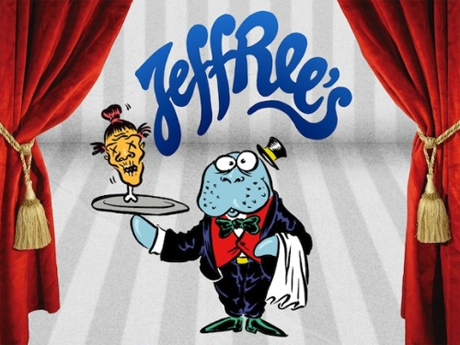
I’ve explained how far Mad Decent has pushed their label forward, but how far can you push that envelope when you’ve done so much already?

Seeing an indie label as an adaptive brand leads into my biggest prediction for the industry: The emergence of the creative agency. It’s business model relies on a team of creative talents coming together to build a multi-discipline creative collective that sustains itself through a wide variety of income streams and partnerships.
“The creative agency” will be the next post and the conclusion to this series. Thanks again to Euey Hawkins for assisting with this post.
Via Party By Jake. Check out Sondrio’s Facebook page here.



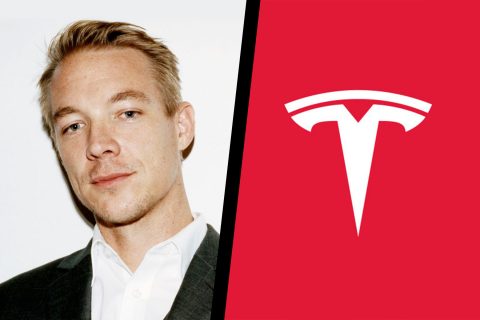
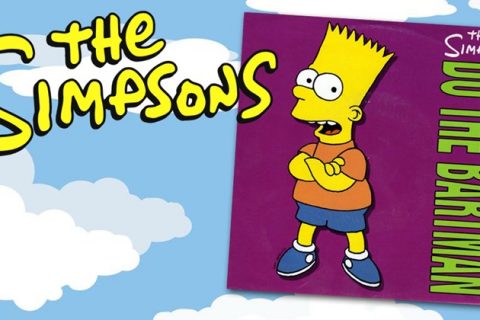
Comments